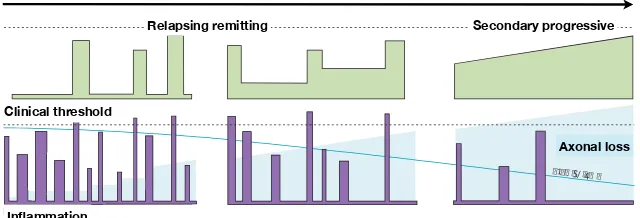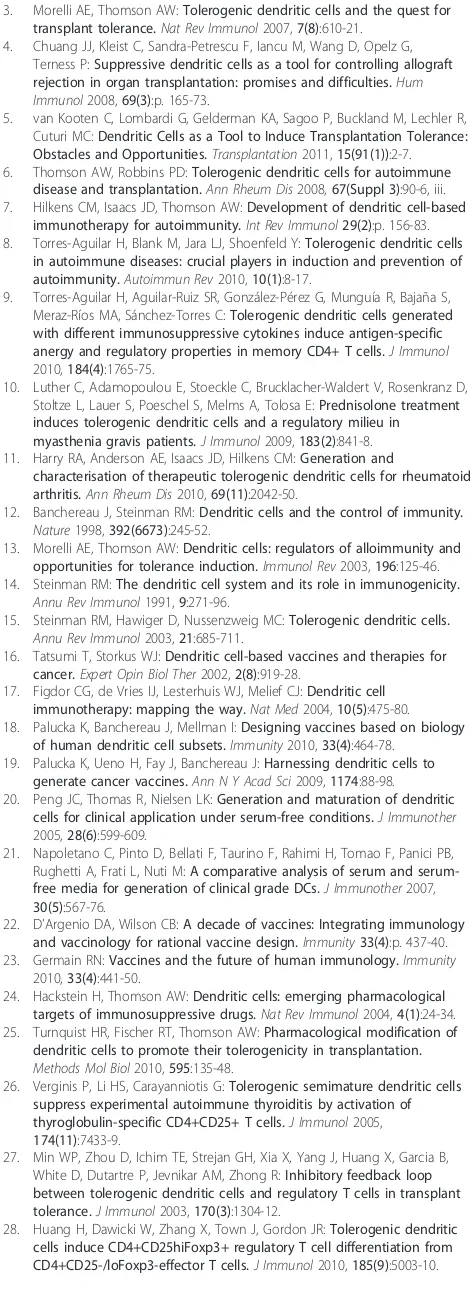Generation of Tolerogenic Dendritic Cells for Cell Therapy in Multiple Sclerosis
Texto completo
Figure




Documento similar
Most of them aim to increase the functionality of the defective enzyme or protein by gene therapy, enzyme replacement, pharmacological chaperones, cell based therapy and
disease or the functional differences between mouse and human DCs. Nowadays, these promising results in rodents need to be translated into human application, but despite
human mesenchymal stem cells from bone marrow and adipose tissue under xeno-free conditions for cell therapy. Stem Cell
It is in the context of this canary university, and immersed in other multiple topics of his interest (topics ranging from the translation of Italian or
(Helsinki). How cells respond to interferons. Establishment of an IL-2 independent, human T-cell line possessing only the p70 IL-2 receptor. The expression of the Hodgkin's
Deficiency or inhibition of AurkA in the MDCK cell system of cell polarity, also leads to the loss of the cortical localization of aPKC and Par3, as well loss of
In this work, we have undertaken the study of SUZ12, a Polycomb group protein and the microRNAs (miRNA) expressed by the oncogenic Epstein Barr Virus (EBV) in
Expansion of Activated Peripheral Blood Memory B Cells in Rheumatoid Arthritis, Impact of B Cell Depletion Therapy, and Biomarkers of Response.. Antigen-presenting human B cells





